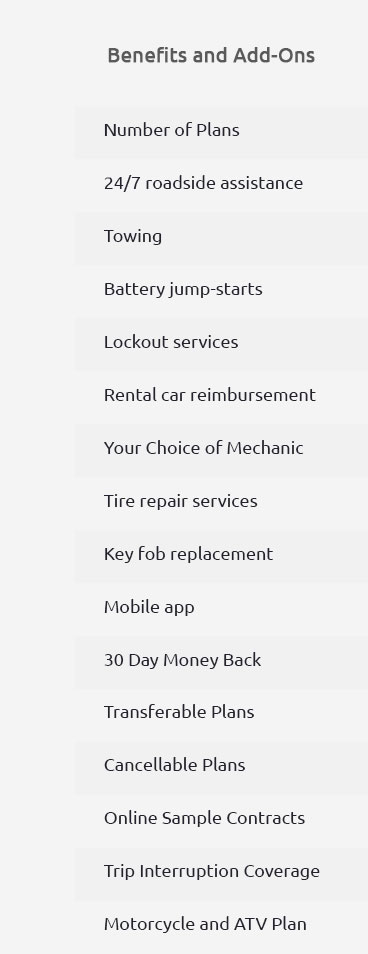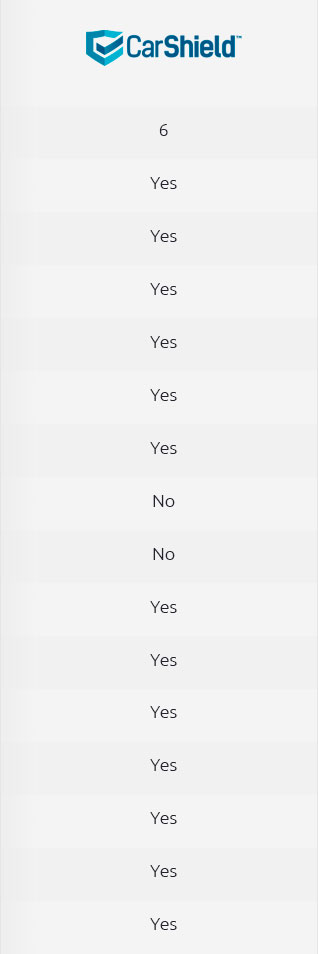 |
 |
 |
 |
 |
|||
 |
|||
 |
 |
 |
|
 |
|||
 |
|
 |
|
 |
|
 |
|
 |
|
 |
|
 |
|
 |
|

Gap Coverage Auto: A Comprehensive Coverage GuideExploring auto insurance can be daunting, especially when it comes to understanding gap coverage. For U.S. consumers, this coverage can be a lifesaver in protecting against unexpected repair costs and providing peace of mind. Let's delve into the essentials of gap coverage and how it can benefit you. Understanding Gap CoverageGap coverage is designed to cover the 'gap' between what you owe on your auto loan and the car's actual cash value (ACV) in case of theft or total loss. This is particularly important in regions like California where car values can fluctuate significantly. Why You Need Gap Coverage
Common Mistakes to AvoidWhen selecting gap coverage, there are a few pitfalls that consumers often encounter. Avoid these common mistakes to ensure you’re getting the best protection possible. Not Assessing Vehicle DepreciationDepreciation can vary greatly by vehicle type. For instance, a luxury sedan in New York might depreciate faster than a compact car, affecting the potential gap in coverage. Ignoring Loan TermsBe sure to review your loan terms. Longer loan terms can lead to larger gaps due to slower equity build-up. Overlooking Alternative OptionsConsider other plans like the Ford Mechanical Protection Plan that might offer similar benefits or complement your gap coverage. Additional Coverage OptionsBesides gap coverage, there are other ways to safeguard your vehicle investment. Consider options like extended warranties and service plans.
Frequently Asked QuestionsWhat is gap coverage auto insurance?Gap coverage auto insurance pays the difference between the ACV of your vehicle and the remaining balance on your loan or lease if the car is totaled or stolen. Is gap coverage necessary for new cars?It is highly recommended, especially if you've financed a large portion of the car's value, as new cars depreciate quickly. Can gap coverage be added after purchase?Yes, you can often add gap coverage to your existing policy or through your lender within a certain time frame after purchasing the vehicle. By understanding gap coverage and avoiding common mistakes, you can ensure your vehicle is adequately protected, providing peace of mind and financial security. https://www.grangeinsurance.com/tips/what-is-gap-coverage
If you loan or lease your vehicle, it's probably a smart idea to take a look at gap coverage. It often isn't included with your average auto policy, ... https://www.amfam.com/insurance/car/coverages/lease-and-loan-insurance
Gap insurance helps cover the difference between the value of the car & the amount owed to your lender if your car is totaled. Learn more with AmFam. https://www.westfieldinsurance.com/home-and-auto/auto-insurance/loan-gap-coverage
Auto loan/lease coverage helps pay off your loan if your car is totaled or stolen and you owe more than the car is worth.
|